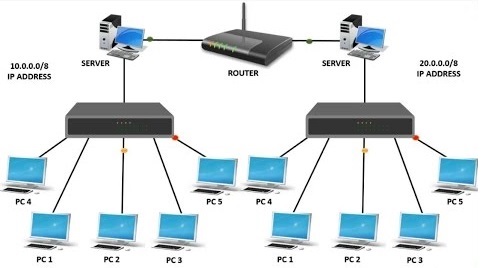Course Description
This course is designed to develop keyboarding skills and introductory document formatting. Emphasis is placed on keyboarding techniques and formatting basic business documents. Upon completion, students should be able to create documents in an ever-changing workplace.
Course Objectives;
1. To introduce to students the basic operations of a computer
2. To provide skills about the use of the keyboard in the alphabet, numbers, signs and the entire operational parts of the keyboard.
3. To provide knowledge and understanding of the theoretical and practical knowledge pertaining to production work using Microsoft office suite
4. To explain to studends the basic business documents and be in position to produce modern day business document layouts
5. To provide students with practical skills to enable them to develop speed and accuracy of at least 60WPM
Course Learning Outcomes;
At the end of the course, students would be able to:
1. Understand the basic operations of a computer
2. Display mastery of the keyboard in the alphabet, numbers, signs and the entire operational parts of the keyboard.
3. Apply a thorough theoretical and practical knowledge pertaining to production work using Microsoft office suite
4. Understand the basic business documents and be in position to produce modern day business document layouts
5. Develop speed and accuracy of at least 60WPM
Indicative Content
1. Introduction to basic parts of a computer. (10 Hours)
Powering on a computer, Naming the basic parts of a computer, Naming and exploring the different keyboards
2. Learning to Type. (10 Hours)
Introduction to key board keys, Practicing movement of index fingers along the keyboard (Home Row, Upper Row, Lower Row, Calculator). Improving speed and accuracy; typing speed test, timed – typing challenges
3. Exploring business documents. (10 Hours)
Basic principles in designing letters, Memos, Reports, Adverts, cards, calendars and brochures
4. Editing Business Documents. (10 Hours)
Proof readers’ Marks,Document formating
5. Designing presentations – (PowerPoint) (10 Hours)
6. Microsoft Acess (10 Hours)
Study Materials
Relevant text books, power point slides, a projector, lap top and teaching aids necessary.
Mode of Delivery
Lectures, Tutorials, Lab sessions, Seminars
Mode of Assessment:
Test 15%
Assignment 15%
End of semester examination 70%
Total 100%
Reading list
1. Harper. C, (2000). Publishers, Word Processing, Trafalgar Square Publishing,
2. Mostafa. J, (2000) Word Processing: Letters & Mailing, DK Publishing, American edition.
3. Dorling. K, (2001). Word processing: Tables, Charts and Graphs (DK Essential Computers), tandem Library,
4. Brindley, K, (2006) Word Processing with Word, Butterworth- Heinemann.
5. Darren Wershley- H, (2007). The Iron Whim: A fragmented History of Typewriting.
6. Lawrence W. Erickson, (2004). Mavis Beacon Teaches Typing, A Brief Course (SPIRAL),
7. Charles. H. D, Susie. V. H, Connie. F, (2000). College Keyboarding/Type writing, 14th revised edition, Cengage Learning.

- Teacher: Emmanuel Eilu
Course Description
This is a Basic University Course Unit (BUCU) compulsory for all Kampala University students. The course unit imparts basic entrepreneurial concepts in the students which they need in their day to day life. To impart students with entrepreneurial skills which they need in life. The course unit is also designed to help the University attain its vision of producing all round graduates. The main objective is to train students to be self employed
Course Objectives
1. To introduce to students to the basic concepts of entrepreneurship mainly entrepreneurial personality and development.
2. To train students on the implementation of the entrepreneurial skills
Course Learning Outcomes
By the end of this course, the student will be able to:
1. To demonstrate knowledge and understanding of basic concepts of entrepreneurial skills.
2. Learn how to implement the entrepreneurial skills
Indicative Content
1. Entrepreneurship definition, (6 Hours)
2. Entrepreneurship and management, (6 Hours)
3. Theories (6 Hours)
i) sociological,
ii) economic,
iii) psychological,
iv) financial
v) trait,
4. Entrepreneurial personality and business acumen, (6 Hours)
5. Driving forces to entrepreneurship, (6 Hours)
6. Myths and realities, (6 Hours)
7. Stages of entrepreneurial development, (6 Hours)
8. Preparations of entrepreneur's, (6 Hours)
9. Issues in entrepreneurship (12 Hours)
i) ethical,
ii) political,
iii) gender,
iv) economic
v) cultural.
Study Materials
Relevant text books, power point slides, a projector, lap top and teaching aids necessary.
Mode of Delivery
Lectures, Tutorials, Case studies, Group discussion
Mode of Assessment
Test 15%
Assignment 15%
End of semester examination 70%
Total 100%
Reading List
- Peter F, Ducker, Innovation & Entrepreneurship
- David H Holt, (1992): New venture creation, Prentice hall of India
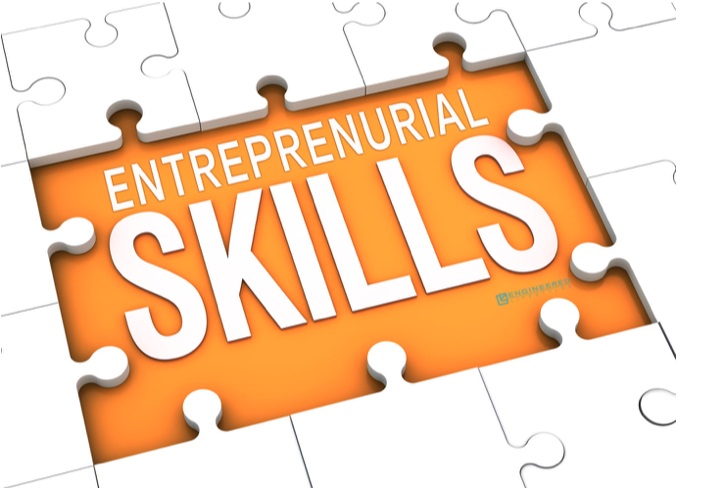
- Teacher: Emmanuel Eilu
Course Description
This course provides the skills and knowledge necessary to implement a core Windows Server 2012 infrastructure in an existing enterprise environment. The course collectively covers implementing, managing, maintaining and provisioning services and infrastructure in a Windows Server 2012 environment. This course focuses on the initial implementation and configuration of core services, such as Networking, Storage, Active Directory Domain Services (AD DS), Group Policy, File and Print Services, and Hyper-V.This course maps directly to and is the preferred choice for hands-on preparation for the Microsoft Certified Solutions Associate (MCSA) Exam 410: Installing and Configuring Windows Server 2012, which is the first of three exams required for the MCSA: Windows Server 2012 credential.
Course Objectives
1. To prepare students for the Microsoft Certified Solutions Associate (MCSA) Exam 410
2. To providing students with skills of installing and configuring windows operating systems.
3. To provide students with knowledge and skills required for deploying and securing a windows 2012 server network
4. To impart students with the knowledge and understanding on the initial implementation and configuration of core services by the Windows Server 2012
Course Learning Outcomes
After completing this course, students will be able to:
1. Install and configure Windows Server 2012.
2. Describe AD DS.
3. Manage Active Directory objects.
4. Automate Active Directory administration.
5. Implement IPv4.
6. Implement Dynamic Host Configuration Protocol (DHCP).
7. Implement Domain Name System (DNS).
8. Implement IPv6.
9. Implement local storage.
10. Implement file and print services.
11. Implement Group Policy.
12. Secure Windows servers by using Group Policy Objects (GPOs).
13. Implement server virtualization by using Hyper-V.
Indicative Content
Module 1: Deploying and Managing Windows Server 2012 (5 Hours)
Module 2: Introduction to Active Directory Domain Services (4 Hours)
Module 3: Managing Active Directory Domain Services Objects (5 Hours
Module 4: Automating Active Directory Domain Services Administration (4 Hours
Module 5: Implementing IPv4 (4 Hours
Module 6: Implementing Dynamic Host Configuration Protocol(5 Hours
Module 7: Implementing DNS (4 Hours
Module 8: Implementing IPv6 (5 Hours
Module 9: Implementing Local Storage (5 Hours
Module 10: Implementing File and Print Services (4 Hours
Module 11: Implementing Group Policy(5 Hours(5 Hours
Module 12: Securing Windows Servers Using Group Policy Objects (5 Hours
Module 13: Implementing Server Virtualization with Hyper-V (5 Hours
Study Materials
Relevant text books, power point slides, a projector, lap top and teaching aids necessary.
Mode of Delivery
Lectures, Tutorials, Lab sessions, Seminars.
Mode of Assessment:
Test 15%
Assignment 15%
End of semester examination 70%
Total 100%
Reading List:
1. Minasi, M., Greene, K., Booth, C., Butler, R., McCabe, J., Panek, R., ... & Roth, S. (2013). Mastering Windows Server 2012 R2. John Wiley & Sons.
2. Stanek, W. (2013). Windows Server 2012 inside out. Pearson Education.
3. Morimoto, R., Noel, M., Yardeni, G., Droubi, O., Abbate, A., & Amaris, C. (2012). Windows Server 2012 Unleashed. Sams Publishing.
4. Rankins, R., Bertucci, P., Gallelli, C., Silverstein, A. T., & Cotter, H. (2013). Microsoft SQL Server 2012 Unleashed. Pearson Education.
5. Morimoto, R., Noel, M., Yardeni, G., Amaris, C., & Abbate, A. (2012). Microsoft Exchange Server 2013 Unleashed. Sams Publishing.
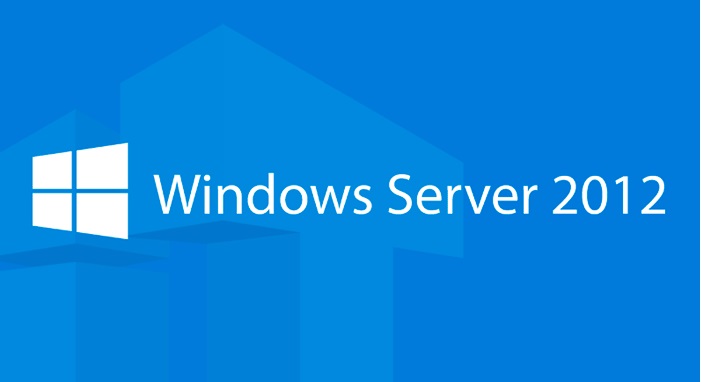
- Teacher: Emmanuel Eilu
Course Description
This course will cover the basics of networking that linking computers together, the different hardware and software attached the networking topologies; know how the LAN technology aligns with the computer communication by modems, and considerations for choosing a network type in your organizations among others. It targets undergraduates, business analysts, systems and network engineers and administrators, among others.
Course Objectives
The aims of this course are;
1. To introduce students the concepts, theory and practice associated with computer networks
2. To explain to students the various types of computer networks
3. To provide knowledge and understanding of the role of computer networks and business organisations.
4. To explain to students the various tools and technologies used in computer networks.
5. To provide knowledge and skills on the planning, design and implementation of computer networks.
Course Learning Outcomes
By the end of this course, the student will be able to:
1. Demonstrate an understanding of the concepts, theory and practice associated with computer networks
2. Describe the various types of computer networks
3. Apply the networking knowledge in their respective organizations or businesses,
4. Demonstrate the knowledge of networking concepts and tools,
5. Demonstrate an understanding of the network planning and performance issues
Indicative Content
The Fundamentals of Networking course unit will feature the following topics;
Introduction
1. Networking Definition and Concepts; (8 Hours)
i) Types of Networks: LAN, WAN, MAN, SAN, VPN, INTRANET and EXTRANET;
ii) Network Benefits and Drawbacks
2. Network Hardware and Software Components (4 Hours)
3. Hardware: (4 Hours)
i) Servers,
ii) Workstations,
iii) Network Interface Cards,
iv) Cable Systems,
v) Wireless LANs and Backup Systems.
4. Software: (4 Hours)
i) Network Operating Systems,
ii) Types of Operating Systems,
iii) File transfer programs
5. Network Topology (4 Hours)
6. Bus Topology, Star Topology, Ring Topology; (4 Hours)
i) Combination Topologies, Internetworking and Internetwork Topologies;
ii) The ISO/OSI Model; TCP/IP Network Model
7. LAN Protocols (4 Hours)
8. CSMA/CD and Token Passing; (4 Hours)
i) Integrated Services Digital Network;
ii) Fiber Distributed Data Interface;
iii) Asynchronous Transfer Mode and other Protocols
9. Choosing a Network (4 Hours)
10. Computer Systems and Local Area Networks (LANs); (4 Hours)
i) Conducting a Needs Assessment;
ii) Planning a Network;
iii) Considering the Alternatives;
iv) Making the Decision
11. Installing a LAN (4 Hours)
12. Importance of Planning and the General Recommendations; (4 Hours)
i) Testing the Server and Workstations;
ii) Setting Up Users,
iii) Applications, and Printers;
iv) Running the Cable;
v) Establishing Redundancy;
vi) Staff Training
13. Network Support (4 Hours)
14. The Cables, File Servers, Virus Protection, Backups and Troubleshooting (4 Hours)
Study Materials
Relevant text books, power point slides, a projector, lap top and teaching aids necessary.
Mode of Delivery
Lectures, Tutorials, Lab sessions
Mode of Assessment
Test 15%
Assignment 15%
End of semester examination 70%
Total 100%
Reading List
· Andrew S. T, (2003), 4th Edition, Computer Networks, Prentice Hall Publishers New Jersey, ISDN: 0-13-066102-3.
· Michael,. M, (1999), The Basics of Networking, Harcourt Learning Direct Publishers – USA.
· James F. K and Keith W. R. (2003) Computer Networking - A Top Down Approach Featuring the Internet, 3rd edition, Addison-Wesley, ISBN 0-321-22735-2.
· Douglas. E. C, (2006). Internetworking with TCP/IP, Principles, Protocols and Architecture VOLUME 1, 5th Edition, Pearson Education.
· Larry,. L. P & Bruce S. D, (2003). Computer Networks: A systems Approach –Morgan Kaufmann Pub, Inc., 3rd Edition.
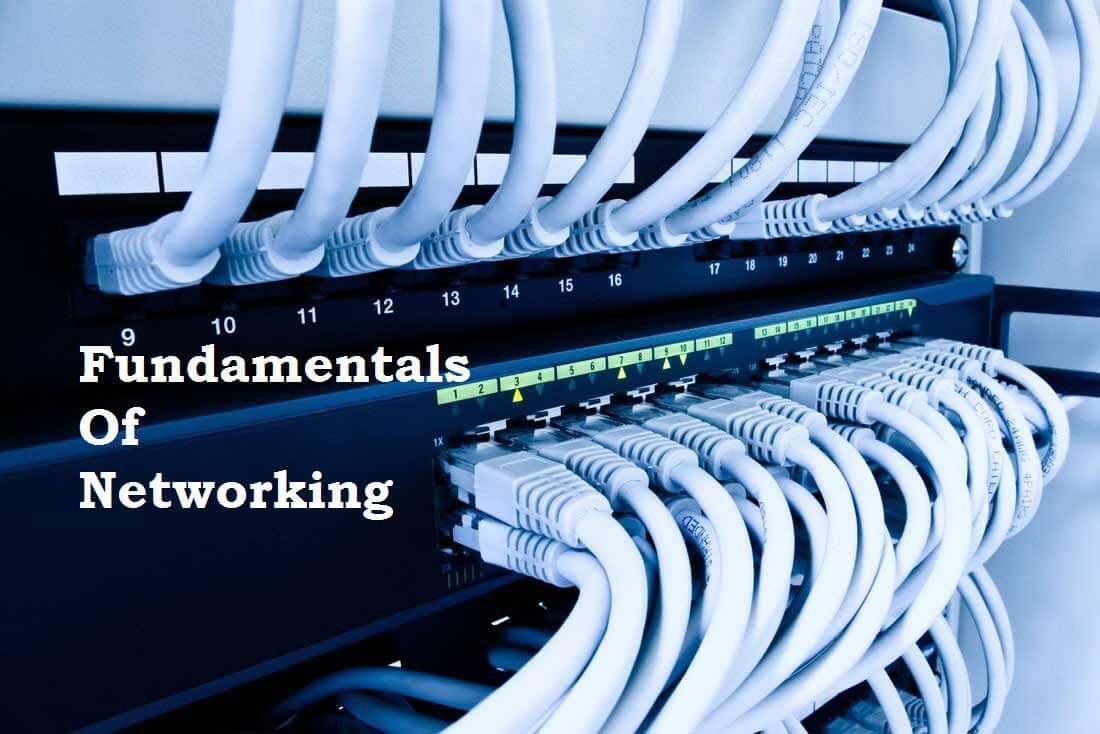
- Teacher: Emmanuel Eilu
Course Description
The Course Unit examines the hierarchical structure of a micro-computer. Focuses on multi-level machine organization used with a simple assembler language. Includes processors, instruction execution, addressing techniques, data representation and digital logic Addressing modes, stacks, pipelining, RISC/CISC concepts. Memory organization and addressing; Memory hierarchy and cache. Special-purpose co-processors. I/O facilities and storage devices. The course presents the material in a fashion that keeps new material in a clear context, aspects of the system are viewed from the points of view of both architecture (those attributes of a system visible to a machine language programmer) and organization (the operational units and their interconnections that realize the architecture).
Course Objectives
1. To introduce to students the concepts of Computer Organization and Architecture
2. To create understating of the different types of CPU and their mechanisms of work.
3. To provide knowledge about the relationship between the CPU, Memory and System Buses plus the flow of Data in the Computer.
Course Learning Outcomes
By the end of this course, the student will be able:
1. To demonstrate understanding of the different attributes given between Computer Organization and Architecture
2. To explain the different types of CPU and the mechanisms of them.
3. To demonstrate knowledge and understanding about the relationships between the CPU, Memory and System Buses plus the flow of Data in the Computer.
Indicative Content
1. Introduction and history of CPUs, Von Neumann Model, (12 Hours)
2. Numbers representation, integer representation, character representation, and real number representation. Review of Algebra and digital logic plus Karnaugh Maps. (6 Hours)
3. Processor organization: computer arithmetic, adders- ripple carry and carry look ahead, multipliers, ALU design, control structure, hardware, microprogramming, assembly language programming. (6 Hours)
4. Overview of Digital Logics: Logic gates / Diagrams, Combinatorial and Sequence Circuits, (6 Hours)
5. Input output organization and Storage systems: program controlled, interrupt driven, DMA driven. Computer peripheral organization: keyboard design and processor interface, VDU and concept of graphics adapters. (6 Hours)
6. Pipelining. Introduction of virtual memory and cache systems. Newer features, e.g. RISC, parallel architectures, Review of pipelining. (6 Hours)
7. Memory: Organization inside a memory chip, interfacing of memory with processor. Bus protocol. (6 Hours)
8. SIMD, MIMD models of parallel processing. Type of parallel machines: shared memory machines, message passing machines. (6 Hours)
9. World-wide parallel processing projects: architecture of multiprocessor and multi computer machines like hypercube, MMS, processor architecture for parallel processing like HEP, P-RISC. (6 Hours)
Study Materials
Relevant text books, power point slides, a projector, lap top and teaching aids necessary.
Mode of Delivery
Lectures, Tutorials, Lab sessions
Mode of Assessment
Test 15%
Assignment 15%
End of semester examination 70%
Total 100%
Reading Lists
1. L. Null and J. Lobur, (2003) The Essentials of Computer Organization and Architecture; Jones and Bartlett Publishers
2. William Stalling, (2005). Computer Organization and Architecture, 5th Edition
3. Mostafa. A & Hesham. E (2006). Fundamentals of Computer Organization and Architecture
4. Kai Hwang, Computer Architecture and Parallel – Mac graw Hill
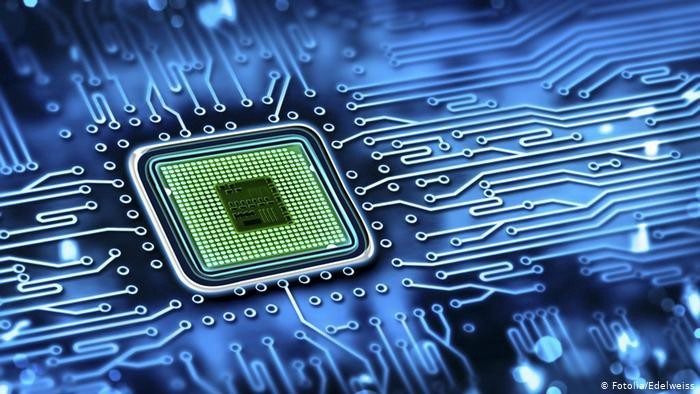
- Teacher: Emmanuel Eilu
Course Description
This course has two components: a theory component to teach you the concepts and principles that underlie modern operating systems, and a practice component to relate theoretical principles with operating system implementation. In the theory component, you will learn about processes and processor management, concurrency and synchronization, memory management schemes, file system and secondary storage management, security and protection, etc. The practice component will complement the theory component through programming assignments illustrating the use and implementation of these concepts. This course examines operating system design concepts, data structures and algorithms, and systems programming basics.
Course Objectives
1. To provide students with the knowledge of a process, within the context of an operating system, is and its main role, how the problem of process scheduling is solved, that is, how an operating system decides which process among all those present in the system is chosen to execute and for how long.
2. To explain to students how an operating system handles the available RAM memory in a system as well as the details of techniques such as paged and virtual memory.
3. To provide students with an understanding of the main features of the type of operating systems in which both computations and services are totally distributed over a network of computers
4. To provide students with knowledge about CPU scheduling multiprogramming and time-sharing, scheduling approaches (SJF, FIFO, round robin, etc.). Inputs/output: device controllers and device drivers, disks other devices.
5. To provide students with knowledge about memory management: with and without swapping, virtual memory paging and segmentation, page replacement algorithms, implementation.
6. To provide students with knowledge about File systems: FS services, disk space management, directory and data structure. Deadlocks: modeling, detection and recovery, prevention and avoidance.
Course Learning Outcomes
By the end of this course, students will be able to:
1. Explain what a process, within the context of an operating system, is and its main role, how the problem of process scheduling is solved, that is, how an operating system decides which process among all those present in the system is chosen to execute and for how long.
2. Demonstrate how an operating system handles the available RAM memory in a system as well as the details of techniques such as paged and virtual memory.
3. Analyze the main features of the type of operating systems in which both computations and services are totally distributed over a network of computers
4. Explain and differentiate between CPU scheduling multiprogramming and time-sharing, scheduling approaches (SJF, FIFO, round robin, etc.). Inputs/output: device controllers and device drivers, disks other devices.
5. Compare between memory management: with and without swapping, virtual memory paging and segmentation, page replacement algorithms, implementation.
6. Describe File systems: FS services, disk space management, directory and data structure. Deadlocks: modeling, detection and recovery, prevention and avoidance.
Indicative Content
1. Introduction: (10 Hours)
i) Processing management,
ii) process synchronization and mutual exclusion,
iii) two-process solution and Dekker’s algorithm,
iv) semaphores,
v) examples (producer-consumer, reader-writer, dining philosophers, etc)
2. CPU scheduling multiprogramming and time-sharing, scheduling approaches (SJF, FIFO, round robin, etc.). (10 Hours)
3. Inputs/output: (10 Hours)
i) device controllers and device drivers,
ii) disks other devices.
4. Memory management: (10 Hours)
i) with and without swapping,
ii) virtual memory paging and segmentation,
iii) page replacement algorithms,
iv) implementation.
5. File systems: (10 Hours)
i) FS services,
ii) disk space management,
iii) directory and data structure.
6. Deadlocks: (10 Hours)
i) modelling,
ii) detection and recovery,
iii) prevention and avoidance.
iv) Examples Systems: Unix, MSDOS.
Study Materials
Relevant text books, power point slides, a projector, lap top and teaching aids necessary.
Mode of Delivery
Lectures, Tutorials, Lab sessions
Mode of Assessment
Test 15%
Assignment 15%
End of semester examination 70%
Total 100%
Reading List
1. Silberschatz, G & Gagne, (2004) Operating system concepts with Java. John Wiley and Sons. 7th edition. ISBN: 0-471-69466-5. Older editions are okay too.
2. W.S. Richard. (1993) Advanced Programming in the UNIX Environment. Addison-Wesley. ISBN: 0-201-56317-7.
3. Jim Mauro et al, (2001). Solaris Internals: Core Kernel Architecture. Sun Microsystems Press,. ISBN: 0-13-022496-0.
4. Rich. T, (2005). Solaris Systems Programming, Pearson Education, ISBN: 0-201-75039-2.
5. D. E. Comer and T. Fossum. Prentice-Hall Inc. 1988. Operating system design: The XINU approach, PC Edition. ISBN: 0-13-638180-4.
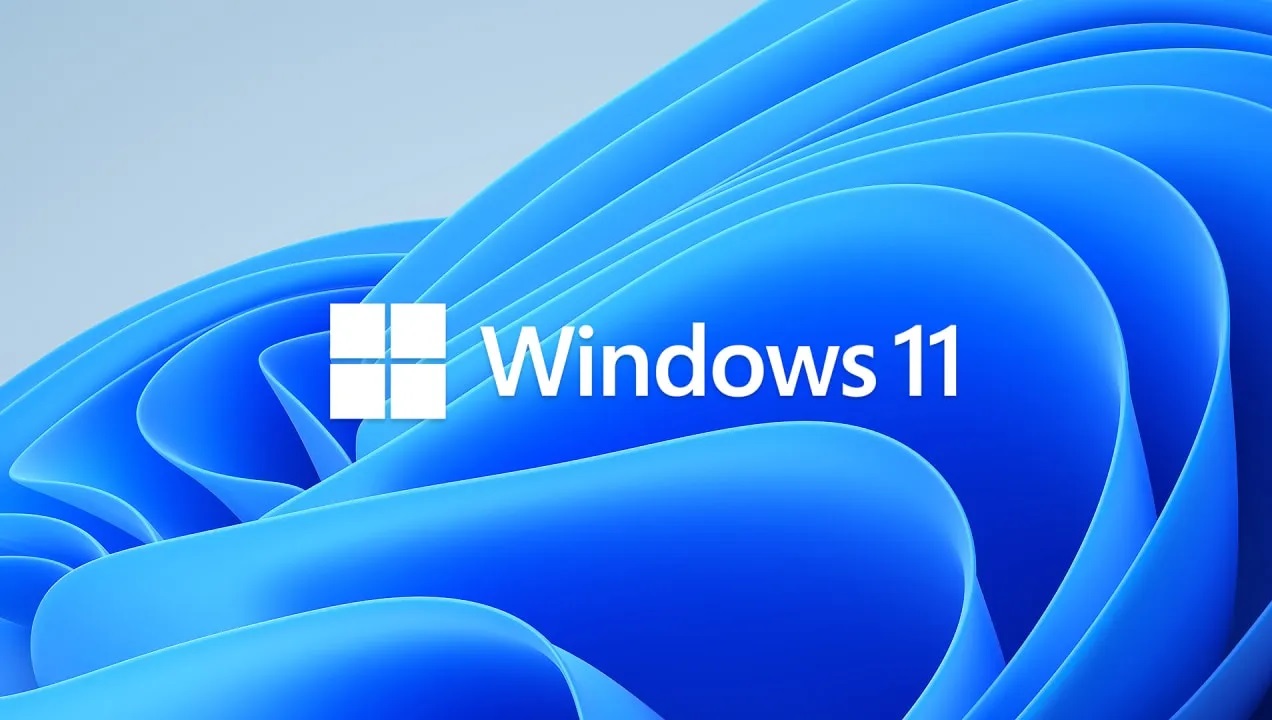
- Teacher: Emmanuel Eilu
Course Description
The course is meant to introduce the student to the principles and practice of structured programming. A high level programming language like C is more likely to be used in the course. The students are to cover both theoretical principles and hands on practical skills. The main concepts to cover include the program structure and creation, data structures, syntactical and semantic correctness, planning and segmentation in programming as well as working with files and program development.
Course Objectives
The objectives of this course are;
1. To equip students with knowledge about structured oriented programming, knowledge in planning and organization of programming projects, Knowledge and techniques of evaluating syntactic and semantic correctness of a computer program, strong practical basis in programming.
2. To introduce students to programming languages, syntactic description; Introduction to digital computing techniques using a high level language. Structured programming using high-level programming language C++.
3. Explain to students the basic concepts of program structure, programming, data structures, algorithms, algorithms development using the top-down design approach.
4. To provide students with the knowledge and skills of programming constructs and data structures such as; arrays, stacks, queues, heaps, etc; algorithms specification and verification.
Course Learning Outcomes
By the end of this course, students will be able:
1. To demonstrate an understanding of structured oriented programming, knowledge in planning and organization of programming projects, Knowledge and techniques of evaluating syntactic and semantic correctness of a computer program, strong practical basis in programming.
2. To use the knowledge acquired on the programming languages to build software using both object oriented programming and structured programming languages.
3. To demonstrate understanding of the basic concepts of program structure, programming, data structures, algorithms, algorithms development using the top-down design approach.
4. To demonstrate understanding and use of programming constructs and data structures such as; arrays, stacks, queues, heaps, etc; algorithms specification and verification.
Indicative Content
1. Introduction to programming, (12 Hours)
i) structured program design and development,
ii) importance of C programming.
iii) Clear description of C variables the rules, declaration and initialization.
iv) Different types of constants,
2. Statements, (6 Hours)
i) Operators and Expressions,
ii) differentiating between a function prototype and function definition,
iii) arguments and parameters,
3. Fundamentals of input and output functions in C, (6 Hours)
4. Program flow control using looping statements, (6 Hours)
the different control structures are used with their right syntax of presenting them, shows the use of the if, for, while, do-while and switch statements, it shows the difference between a break and continue.
5. Arrays: (6 Hours)
The use of arrays in the C language, showing the right syntax, declaration and initialization of arrays. Numeric arrays and character arrays difference.
6. Understanding pointers: (6 Hours)
i) declaring and initializing pointers,
ii) the relationship between arrays and pointers.
7. Characters, strings in C: (6 Hours)
i) Differentiate between characters and strings in C,
ii) declaring and initializing two elements and the way they work.
8. String Manipulation in C: (6 Hours)
i) Using functions to change the functionality of strings,
ii) functions including string comparison,
iii) string length,
iv) string position,
9. Memory management in C: (6 Hours)
Showing the use of memory addresses, also showing the further use of pointers and arrays plus string, Structures and Unions.
Study Materials
Relevant text books, power point slides, a projector, lap top and teaching aids necessary.
Mode of Delivery
Lectures, Tutorials, Lab sessions
Mode of Assessment:
Test 15%
Assignment 15%
End of semester examination 70%
Total 100%
Reading List:
· Brian W. Kernighan, Dennis M. Ritchie; Prentice Hall, (2000) C Programming Language
· Samuel. P.H. (2002), C: A Reference Manual, 5th Edition, Prentice Hall.
· Yashavant P. K, Let Us C, 5th Revised Edition, BPB Publication.
· B.A. Forouzan & R.F. Gilberg, (2003). Computer science, A structured programming approach using C, Third edition, Thomson.
· Deitel & Deitel, C How to Program, Fourth Edition.

- Teacher: Emmanuel Eilu
Course Description
Computational Mathematics is an imperative course unit for undergraduate Computer Science students since it involves the study and design of mathematical models for the numerical solution of scientific problems. This includes numerical methods for the solution of linear and nonlinear systems, calculus (integration & differentiation of functions), basic data fitting problems, ordinary differential equations, robustness, accuracy, investigation of speed of convergence of algorithms, investigation of the basics of computer arithmetic and the round-off errors.
Course Objectives
1. To enable students gain an appreciation for the role of computers in mathematics, science and technology as a complement to analytical approaches.
2. To help students get the theoretcal concepts of what computational mathematics is about for example in the designing of algorithms to solve scientific problems that cannot be solved exactly; investigating the robustness and the accuracy of the algorithms and/or how fast the numerical results from the algorithms converge to the true solutions.
3. To help students be able to use and evaluate alternative numerical methods for the solution of linear and nonlinear systems, basic data fitting problems, ordinary differential equations including matrices and mathematics of Vectors.
4. To enable students make appropriate assumptions and come up with a mathematical model that accurately reflects an appropriate scientific theory tailored to derive an absolute solution with a computer.
Course Learning Outcomes
By the end of this course, the student will be able:
1. The ppreciate the role of computers in mathematics, science and technology as a complement to analytical approaches.
2. To demonstrate an understanding of the theoretical concepts of what computational mathematics is about for example in the designing of algorithms to solve scientific problems that cannot be solved exactly; investigating the robustness and the accuracy of the algorithms and/or how fast the numerical results from the algorithms converge to the true solutions.
3. To use and evaluate alternative numerical methods for the solution of linear and nonlinear systems, basic data fitting problems, ordinary differential equations including matrices and mathematics of Vectors.
4. To make appropriate assumptions and come up with a mathematical model that accurately reflects an appropriate scientific theory tailored to derive an absolute solution with a computer.
1. Introduction to Basic Mathematical Concepts and terms; (12 Hours)
i) Mathematical calculus of functions;
ii) Limit &Continuity,
iii) Derivative- Higher Derivatives of Second and Third Order, derivatives of trigonometric functions,
iv) Derivatives of some standard functions,
.
2. Matrices and Determinants : (12 Hours)
i) Matrix - Basic Definitions, properties of matrices, transpose, multiplication of matrices,
ii) Adjoint and Inverse of matrix, rank of a matrix and its properties,
3. Integral Calculus: (12 Hours)
i) Definition,
ii) Fundamental rules of integration,
iii) Indefinite nature of Integration,
iv) Standard Elementary integrals,
v) Definite integral,
vi) integration of rational and irrational functions
4. Vector Calculus and Geometry: (12 Hours)
i) Vectors - Differentiation and partial differentiation of vector functions, derivative of sum,
ii) Dot product and cross product of two vectors, gradient, divergence and curl of vector.
5. Ordinary Differential equations: (12 Hours)
i) Introduction to differential equation,
ii) Differential Equation of 1st order 1st degree & application,
iii) Differential Equation of higher order & application,
Study Materials
Relevant text books, power point slides, a projector, lap top and teaching aids necessary.
Mode of Delivery
Lectures, Tutorials, Lab sessions
Mode of Assessment:
Test 15%
Assignment 15%
End of semester examination 70%
Total 100%
Reading Lists
1. R.D. Sharma, Mathematics Volume I & II, Danpat Rai Publication
2. Humphrey,. A, (1989). Applied mathematics: for Differential Equations and Basic Linear Algebra.
3. S.S. Sastry, Engineering Mathematics, Volume I, Prentice-Hall Of India

- Teacher: Emmanuel Eilu

